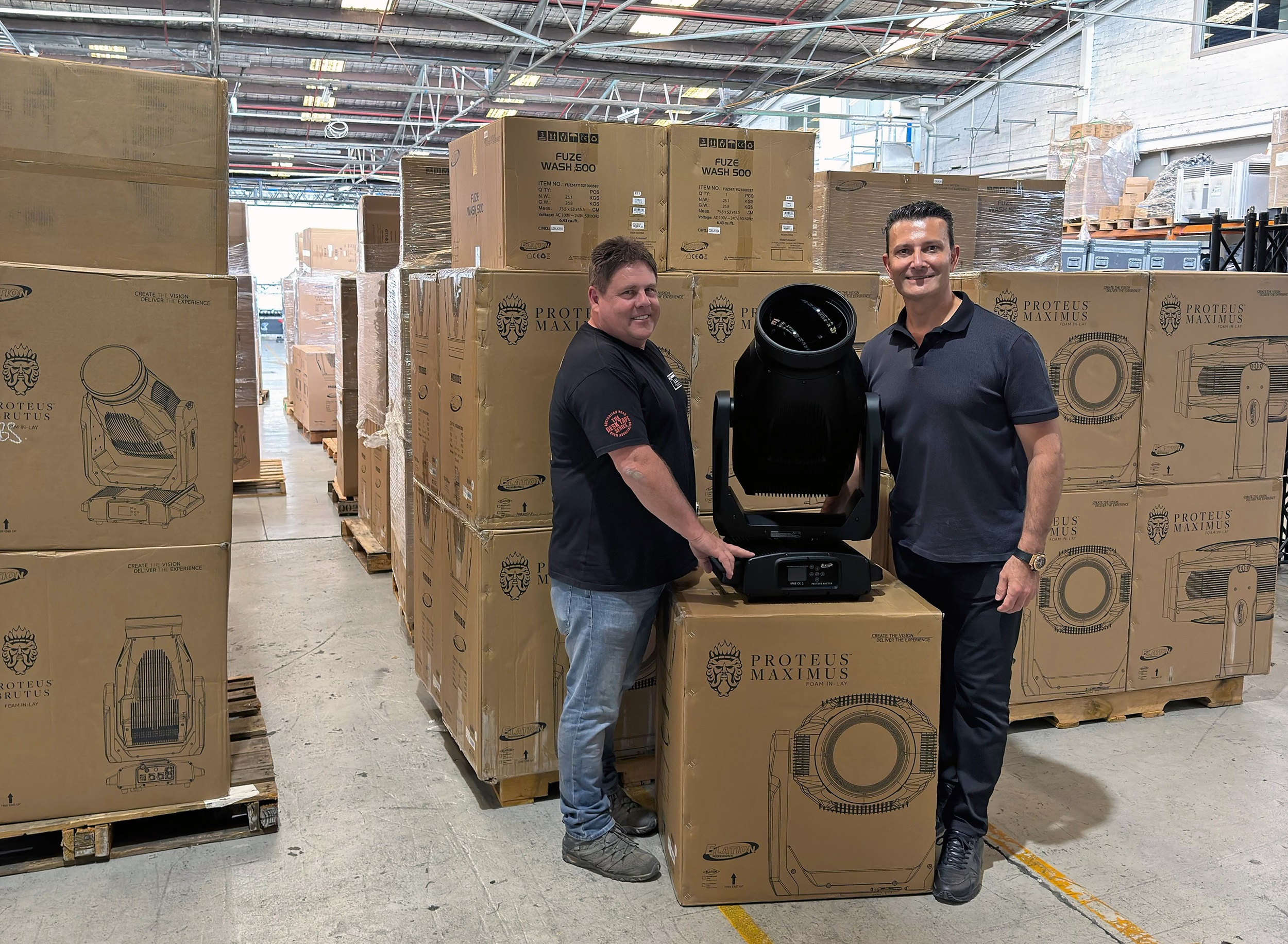JOHANNESBURG, South Africa — Gearhouse South Africa supplied all technical production — staging, rigging, lighting, video and audio — for Lionel Richie’s South African tour, which played a mix of indoor and outdoor venues. To support the tour, GHSA pooled resources from their Johannesburg, Cape Town and Durban bases. Anthony Banks, operations manager for Gearhouse Rigging, was head rigger for the tour. In Cape Town, the crew set up a TFL roof that measured 18 meters wide by 12 meters deep. The Durban gig used a Stageco roof measuring 20 meters by 14 meters.
The Johannesburg shows at the end of the tour were staged in the Dome, a 13,212 seated capacity venue. The two shows there involved 28 points straight into the roof and some complex bridling to suspend a total of 9.3 metric tons of production equipment. The roof has 350 Kgs maximum loading on all nodes except for rings 11 and 12, with 500Kg loadings. The motors were all CM Lodestars, a mix of half, one and two metric tons.
Banks worked with a team of two local riggers in Cape Town and Durban on the tour, one climber and one ground person. At the Dome a local crew of three climbers and one ground person was used. The local crew did a pre-rig led by Kendall Dixon and went in the morning of the day before the first show to get a head start for the touring crew, who arrived from Durban later that day.
Rob Baker, a regular freelancer for the Cape Town branch, headed up the GHSA lighting department, which included four touring crew members and two lighting crew members at each of the local branches.
The lighting crew matched the plot sent by Richie’s LD, Joel Young. This consisted of three 54-foot long straight trusses, each loaded with seven bars of 6 PARs. The lighting design used a classic theatrical look with a blacked-out stage, a basic PAR wash and moving light specials layered over the top and used for color and movement.
The rig included 12 Martin Professional MAC 2K Washes on the upstage truss and nine more on the mid truss, along with 14 Selecon Pacific Zoom Profiles distributed between front and back trusses for band specials and keylighting. The front truss also contained 8-lite Molefays for audience illumination.
The upstage black scrim was lit with 20 Robe ColorWash 700E ATs, and another 10 MAC 2K profiles on the floor were used for hard-edged aerial beam effects.
Young operated the show using a Wholehog iPC console running in Hog 2 mode, and the crew also used three Supertrouper follow spots.
Craig McGinn was the senior video engineer on the tour, and the video gear was supplied by a combination of Gearhouse AV and EventCam, a new company in the Gearhouse Group.
Between the two companies, a three-camera SDI PPU was supplied. The IMAG mix was directed by Lynton Allsop, engineered by McGinn and beamed onto two 24 by 18 ft side screens fed by a pair of rear-projecting Christie machines.
One of the cameras was stationed at FOH with long lens and two more were positioned in the pit. Allsop used a Snell & Wilcox DVS 1000 switcher to cut the show. Allsop worked with a brief before the first gig from Richie’s production manager, after which he was left to his own creative devices.
Most of the shots were tight into Richie, with the practical goal in mind of bringing him into and closer to the audience. The camera crews were sourced locally at each of the three locations.
For more information, please visit www.gearhouse.co.za.


